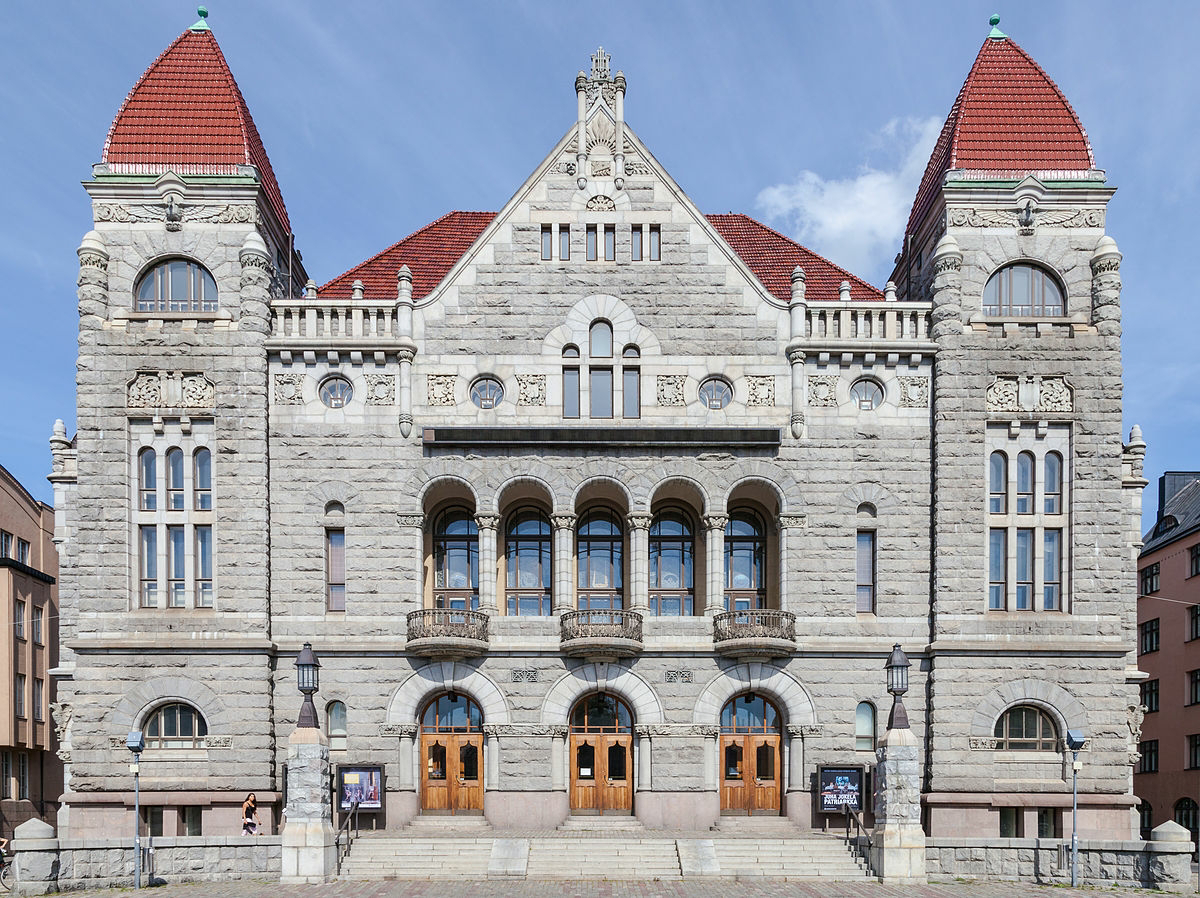EDITOR'S CORNER: How Do We Stop the War in Ukraine?
This week, Ukraine and Russia are expected to hold another round of peace talks, once again taking place in Istanbul. However, it seems that Russia is dragging its feet, hesitating over the time and date. These talks are being held at President Zelenskyy's request.
For the past three and a half years, we've been asking ourselves how to bring this war to an end. Russia’s demands—previously outlined—remain appalling. Neither Ukraine nor the West can accept such excessive terms. Doing so would send a dangerous signal: that wars of aggression and land grabs are rewarded, and that only time and brute force matter.
In this blog post, I want to explore what it might take to bring Putin to the negotiating table—without capitulating to the Kremlin’s outrageous positions.
ENDLESS TALKS
Since the war began, Russia and Ukraine have met at various tables, attempting to negotiate a peace agreement—or at least a ceasefire. Some progress has been made, such as establishing humanitarian corridors early on and exchanging 1,000 prisoners in recent talks. But overall, meaningful progress toward ending the conflict remains elusive.
The stalemate largely stems from Russia’s—or rather, Putin’s—unrealistic and excessive demands. These center on five territories where Russia staged sham referendums: Luhansk, Donetsk, Zaporizhzhia, Kherson, and Crimea. Together, they represent about 22% of Ukraine’s land. Beyond the territory itself, Russia would gain millions of people and the wealth of resources these regions hold—even though up to half of the pre-war population has fled because of the fighting.
These regions are rich in valuable resources and infrastructure. Donetsk and Luhansk contain some of Europe’s largest coal reserves and major industrial complexes, including steel and chemical plants. Zaporizhzhia hosts Europe’s largest nuclear power plant, significant manganese deposits, and fertile farmland. Kherson boasts vast agricultural land and controls crucial water supplies to Crimea. Crimea offers offshore oil and gas potential, as well as a vital naval base on the Black Sea.
Clearly, this war isn’t driven by ideology alone—there are substantial material and strategic interests at play.
On top of that, Russia demands a militarily weakened Ukraine that remains neutral, along with a puppet government in Kyiv loyal to the Kremlin.
WHAT ARE ZELENSKYY'S DEMANDS?
Zelenskyy’s initial demand was clear: Russia must withdraw all its troops, and Ukraine’s full sovereignty and territorial integrity—including Crimea—must be restored. However, after more than three and a half years of conflict, it appears he is more open to negotiating on these terms. Of course, any decision involving territorial changes would need approval from the Rada, Ukraine’s parliament. Beyond this, Kyiv insists on strong international support and security guarantees to protect against future aggression, while preserving its right to freely choose its own alliances.
Ukraine has already agreed to a full and unconditional ceasefire as peace talks continue. But this proposal has been quickly rejected by Putin. Why? Because Russia has little incentive to halt the fighting—in fact, it benefits from the ongoing attacks, including the recent surge of horrific drone strikes on civilians. Ukraine has also called for international support and funding to rebuild its war-torn regions, with many suggesting that frozen Russian assets held in Western banks, such as those in the EU and the US, could provide a vital source of reconstruction aid.
WHERE TO NEXT?
So here’s the question: Ukraine and Russia are clearly on opposite sides of the pitch. But how do we bring them to common ground? The first step is to be honest—Russia is the one refusing peace. Putin has no interest in making deals as long as he believes he can win. And right now, he thinks he can.
The West—primarily Europe and America—has let Ukraine down. That’s a fact. We didn’t provide the weapons Ukraine needed when they needed them. We hesitated on granting critical permissions for strikes inside Russia. And we’re still dragging our feet. Now, with America’s unpredictable approach under Trump, morale and performance have taken a serious hit.
Recently, Trump set a 50-day deadline for Putin to agree to peace or face severe sanctions. But this essentially gives Russia a green light to push its summer offensive before consequences kick in—a dangerous gamble that could allow even more damage. Trump and some allies have also threatened secondary tariffs on countries like China and India that buy Russian oil. While this aims to cut off Russia’s revenue, many experts doubt these measures will be fully enforced or effective, warning they could disrupt global oil markets without stopping the war. Bottom line: when it comes to dealing with strongman countries like Russia and China, Trump chickens out.
BRING RUSSIA IN LINE
The only thing that will force Putin to back down and come to the negotiating table is pressure—real, decisive pressure. This means providing Ukraine with the weapons it needs and allowing strikes inside Russia itself. Yes, targeting key cities like Moscow and St. Petersburg. If these major metropolises start feeling the direct impact of the war, it could spark protests and unrest—something Putin deeply fears. History shows us why: the uprising after the Soviet-Afghan War contributed to the collapse of the Soviet Union. Putin knows this, and that fear could be his weakest point.
The second way to make Putin reconsider is through economic pressure. Russia is already feeling the strain, but it’s a sustainable situation for them—for now. However, if sanctions were tightened further, especially by cutting off Russia’s ability to sell oil and gas, the economic consequences would be severe. Millions could lose their jobs, and the resulting internal unrest could push Putin to the negotiating table.
Ultimately, it will take a combination of military strength and economic pressure to shift the balance. Without these, Putin will continue to gamble on prolonging the conflict, believing he can wear Ukraine down. The world must act decisively if it hopes to bring this devastating war to an end.




Comments
Post a Comment